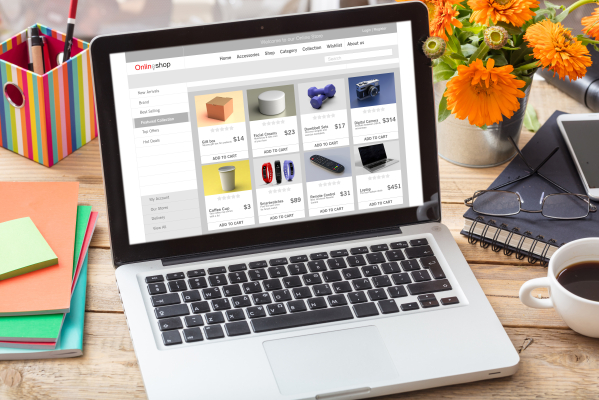How to Create a Corporate Education Platform?
Feltöltés dátuma:
In our previous article, we talked about what LMS and knowledge management-based thinking are good for from a corporate perspective. However, we still haven’t talked about how to create a corporate education platform and what aspects to look out for while creating a page for our employees to gain knowledge. We will cover this in this article.
Let's start at the beginning. What is an online corporate education platform?
Employee training simply cannot stop after graduating from an educational institution. That is why it is important to train our employees according to our possibilities. The epidemic this year and last year has further highlighted how useful remote education can be when, on the one hand, we cannot manage it as in-person training or when the employee is extremely busy and needs a flexible solution. This is how online corporate education comes into play. Among others, the main purpose of knowledge management is to expand the basic knowledge of employees.
How to create an LMS platform from scratch?
Like all goals, this has to start with envisioning the result, and for that, we need to ask ourselves a few questions:
-
Why an LMS?
-
What problems would the LMS solve or what is its purpose?
-
Who will develop and implement the LMS?
-
What resources are we willing to allocate to create the system?
Then determine exactly what functions the system should have. We need to define all the functions in advance so that we can cover everything during creation.
We need to think through the implementation in detail because the system must be able to work on all devices and browsers (if required). In addition, it needs to be eye-catching, so everything from color scheme to graphics needs to be well-considered.
Assembling the specification. When creating an LMS system, all the carefully considered and planned details need to be put together into a large specification document. The documentation includes system requirements, appearance, and any other features. If we can afford it, entrust this to a specialist, because without experience creating such documentation can be very time consuming and we have to reckon with many difficulties.
When everything is ready, we can start developing the system and creating the prototype. Once you have the prototype and testing completed successfully, we can move on to the publishing and marketing phase.
As a final step, it is important to highlight the feedback, as neither we nor the product will be able to improve unless we ask users for their opinions on the functioning and design, basically on usefulness.
Overall, creating an LMS system is no harder than creating a game, but it’s important to be careful, thoughtful, detailed, and precise right from the very first steps. Designing the system with the help of the right professionals is far from the most difficult task, but it is all the more difficult to design and develop it taking into account everything. If we omit something during design or do not think it through thoroughly enough, even if the implementers create it accurately, our system will be faulty. And with a flawed system, educating employees will not be easy, maybe even meaningless.
Sign up for our newsletter!
Sign up for our newsletter to be the first to know about our latest projects and technological innovations.
Predicting Trends and Demand: The Power of AI in Inventory Forecasting
Inventory management is a critical aspect of any business, influencing costs, customer satisfaction, and overall profitability. Traditionally, inventory forecasting relied on manual methods and historical data analysis, often resulting in inaccuracies and inefficiencies. However, with the advent of Artificial Intelligence (AI) and machine learning, businesses now have powerful tools at their disposal to predict trends and demand with unprecedented accuracy. In this article, we'll explore the transformative power of AI in inventory forecasting and how businesses can leverage these technologies to optimize their supply chain operations.
Navigating Regulatory Compliance and Legal Considerations with Utility NFTs
As utility Non-Fungible Tokens (NFTs) gain traction across various industries, it's crucial for developers, businesses, and users to navigate the legal landscape and ensure compliance with regulatory requirements. While utility NFTs offer innovative solutions for ownership, access control, and digital asset management, they also pose legal challenges related to intellectual property rights, securities regulations, data privacy, and consumer protection. In this article, we'll explore the key legal considerations and regulatory compliance issues associated with utility NFTs and provide guidance on how to navigate them effectively.

















